bǐ, bī, bì
to compare
Two spoons side-by-side, conveying the meaning "to put together", "match", or "compare". 匕 also represents the sound.
Components
Evolution

Oracle script
(~1250-1000 BC)
Bronze script
Early Western Zhou (~1000 BC)
Seal script
Shuowen (~100 AD)
Clerical script
Eastern Han dynasty (25-220 AD)Regular script
ModernDefinitions
Component uses
Sources
尤梓竹《甲骨文字考釋提要(一)》p.56
李学勤《字源》p.725
